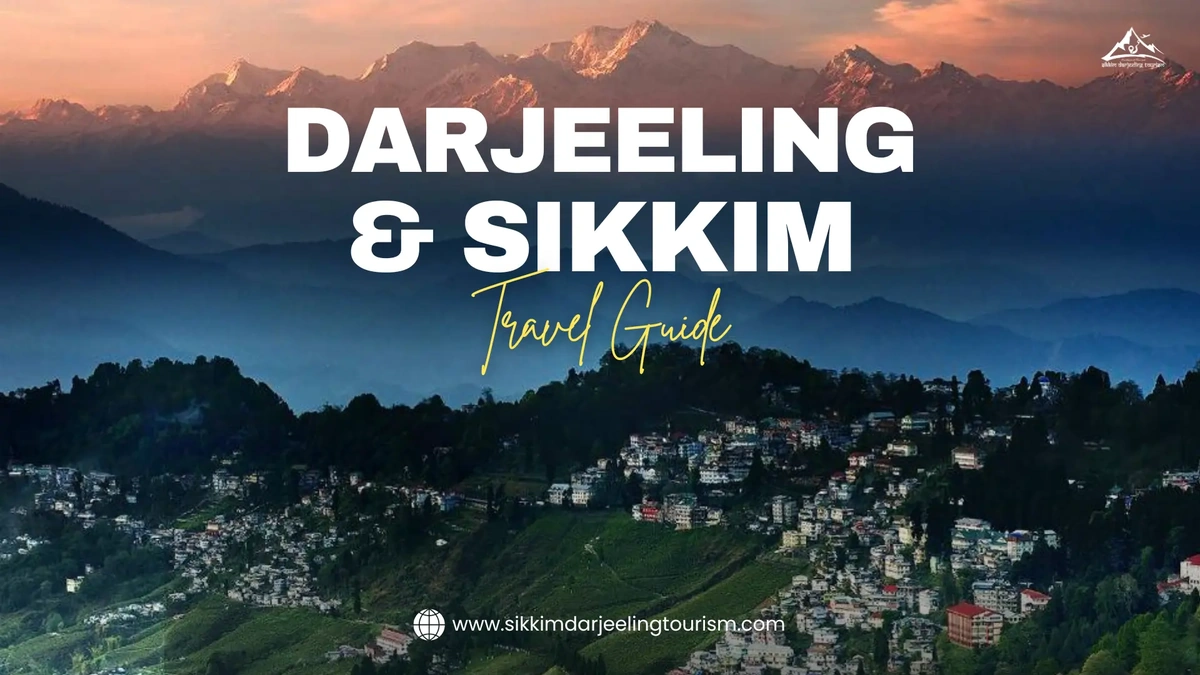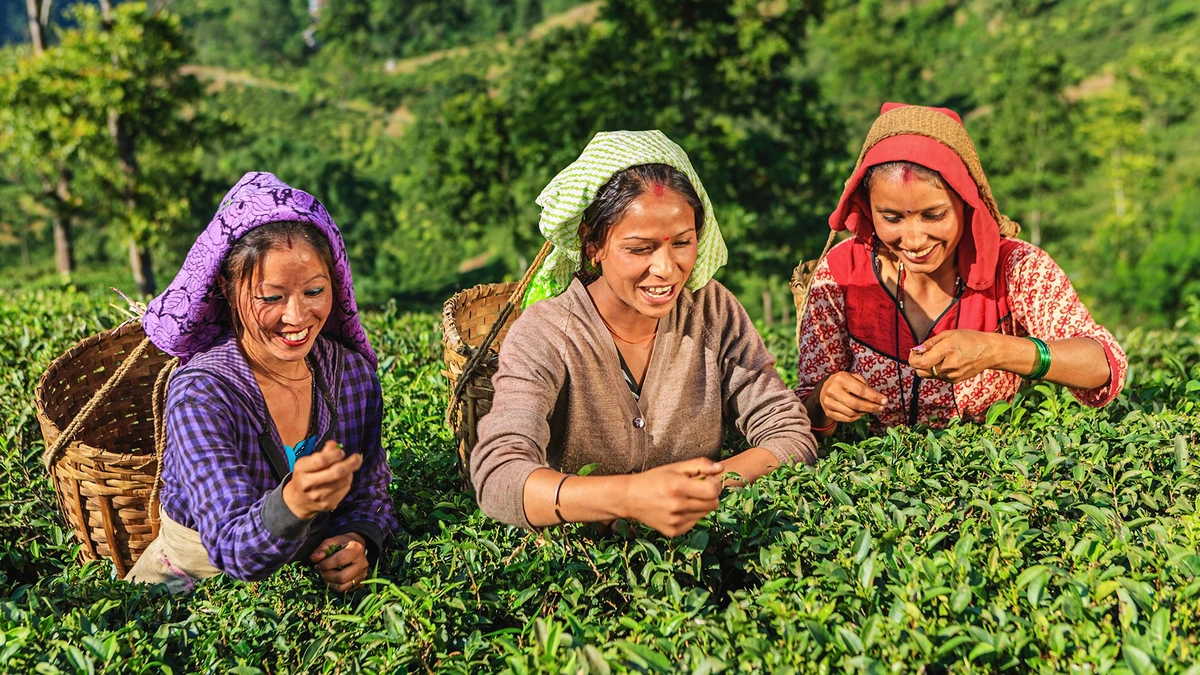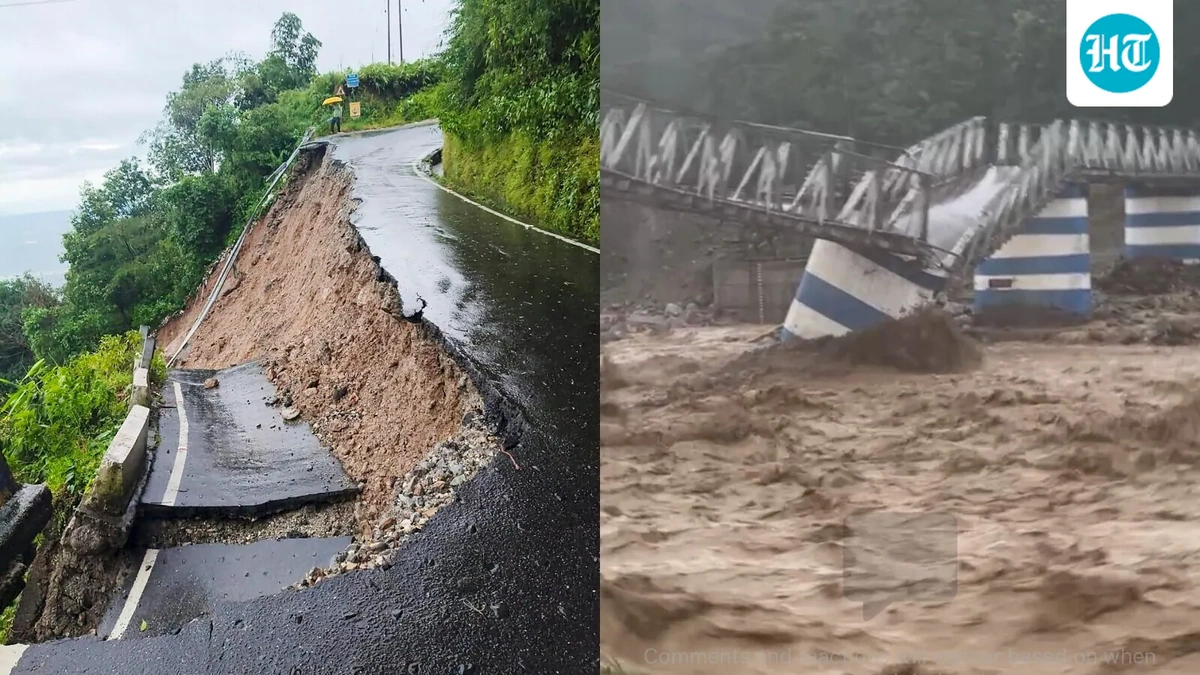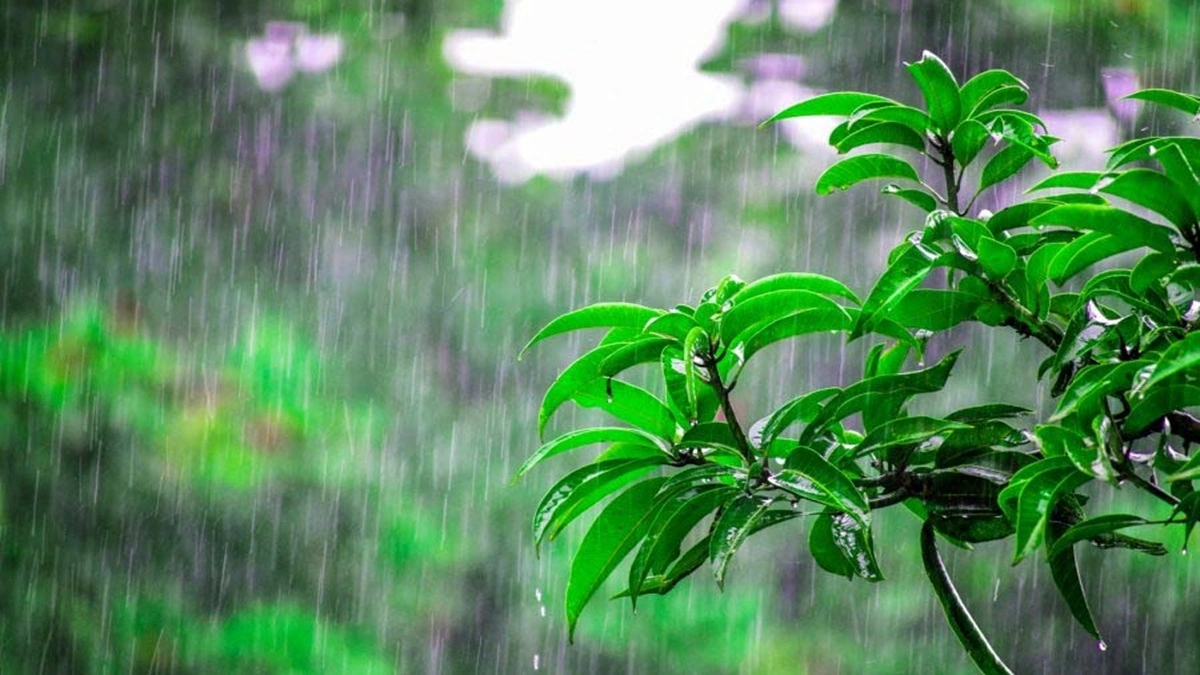Darjeeling | More Than Just Tea – A Local’s Perspective
Ah, Darjeeling! The name itself conjures images of rolling hills, mist-covered peaks, and, of course, that world-famous tea. But let’s be honest – there’s so much more to Darjeeling than what you see on a postcard. I’ve spent a good chunk of my life here, and trust me, it’s a place that gets under your skin. It’s a feeling, an experience, a story etched into every cobblestone street and prayer flag flapping in the wind. So, buckle up, because we’re about to dive deep into the heart of Darjeeling, beyond the tourist traps and into the real soul of this Himalayan gem. We’re going to understand why Darjeeling matters, not just what it is.
The Whispers of History | Why Darjeeling’s Past Still Echoes Today

Darjeeling’s history is a fascinating tapestry woven with threads of British colonialism, Tibetan culture, and Nepali heritage. What fascinates me is how these different cultures have mixed and morphed over time creating something completely unique. It wasn’t always the tea paradise it is today; it started as a strategic outpost.The Britishsaw its potential and transformed it, bringing in tea cultivation and establishing it as a hill station. But that’s not the whole story.
Here’s the thing: the tea industry, while vital, also has a complex legacy. Think about the tea garden workers, their lives, and their contributions – they are the backbone of Darjeeling tea . Understanding this historical context gives you a completely different perspective. Also, the influx of Nepali and Tibetan communities has created a vibrant cultural melting pot. You see it in the food, the festivals, and the faces of the people. What is Darjeeling tourism without this backdrop?
Navigating the Narrow Gauge | A Practical Guide to Experiencing Darjeeling
Okay, enough history for now (though we could go on forever!). Let’s talk about experiencing Darjeeling. And let’s be honest, getting around can be a bit of an adventure in itself. A common mistake I see people make is relying solely on taxis. While convenient, they often miss the true essence of the place. The Darjeeling Himalayan Railway, affectionately known as the Toy Train, is a must. It’s slow, it’s charming, and it chugs its way through some of the most breathtaking scenery you’ll ever see.
But, if you are planning a trip, keep weather conditions in mind. Check the Darjeeling weather forecast before your visit. The best time to visit Darjeeling is during the spring (March-May) and autumn (September-November) seasons. But what if you’re on a tight budget? Fear not! Local buses and shared jeeps are readily available and offer a more authentic (and cheaper!) way to get around. Just be prepared for a bit of a squeeze – it’s all part of the experience!
Beyond the Black Tea | Uncovering Darjeeling’s Hidden Flavors
We can’t talk about Darjeeling without talking about tea, right? But even here, there’s more than meets the eye (or the palate). Everyone knows about the first flush tea , but have you explored the other flushes? Each season brings a different character to the tea, and discovering those nuances is a journey in itself. What fascinates me is the sheer diversity of tea estates, each with its own unique microclimate and brewing techniques. Some estates offer tea tours and tastings, which I highly recommend.
But, Darjeeling’s culinary scene extends far beyond tea. The momos here are legendary, the thukpa warms you from the inside out, and the local markets are a treasure trove of spices and flavors. Don’t be afraid to venture off the beaten path and try some of the local eateries – your taste buds will thank you. Oh, and speaking of local – be sure to purchase some local handicrafts. Here is another example of how local cultures interact with geography .
The Future of Darjeeling | Balancing Tradition and Modernity
Darjeeling, like any place, is evolving. The influx of tourists, while boosting the economy, also brings its challenges. Preserving the natural environment and protecting the unique culture are crucial. Let me rephrase that for clarity: sustainable tourism is not just a buzzword here; it’s essential for the long-term well-being of the region. What I initially thought was straightforward, but then I realized, is that finding the right balance between tradition and modernity is a delicate act.
Supporting local businesses, respecting the environment, and engaging with the community are all ways we can contribute to a more sustainable future for Darjeeling. As per the guidelines mentioned in the information bulletin, responsible tourism is being encouraged by the local authorities. Also, promoting local artisans who produce Darjeeling handicrafts is essential in boosting the economy and allowing their talents to be recognized globally.
Darjeeling | A Place That Stays With You
So, there you have it – a glimpse into the heart of Darjeeling, through the eyes of someone who calls it home. It’s more than just tea and tourism; it’s a place with a rich history, a vibrant culture, and a resilient spirit. It’s a place that stays with you long after you’ve left. What really hits home is that Darjeeling is not just a location on a map; it’s an experience that enriches your soul.
And that moment when the mist clears, and you see the snow-capped peaks of Kanchenjunga in the distance? Well, that’s pure magic. That’s Darjeeling.
FAQ
What is the best time to visit Darjeeling?
The best time to visit Darjeeling is during the spring (March-May) and autumn (September-November) seasons. The weather is pleasant, and the views are clear.
How do I get around in Darjeeling?
Taxis, local buses, shared jeeps, and the Darjeeling Himalayan Railway (Toy Train) are all available. Consider the Toy Train for a unique experience.
What are some must-try foods in Darjeeling?
Momos, thukpa, and local Nepali dishes are all worth trying. Explore the local markets for spices and other culinary treasures. Be sure to check weather updates before your next trip.
Where can I buy authentic Darjeeling tea?
Purchase directly from reputable tea estates or established tea shops in the town. Be wary of cheaper imitations. Look for Darjeeling tea with the Tea Board India certification mark.
How can I be a responsible tourist in Darjeeling?
Support local businesses, respect the environment, avoid single-use plastics, and engage with the community in a respectful manner. Consider staying in locally-owned guesthouses.
What are some popular attractions besides tea gardens?
Tiger Hill (for sunrise views), Ghoom Monastery, Peace Pagoda, and the Himalayan Mountaineering Institute are all worth visiting.













